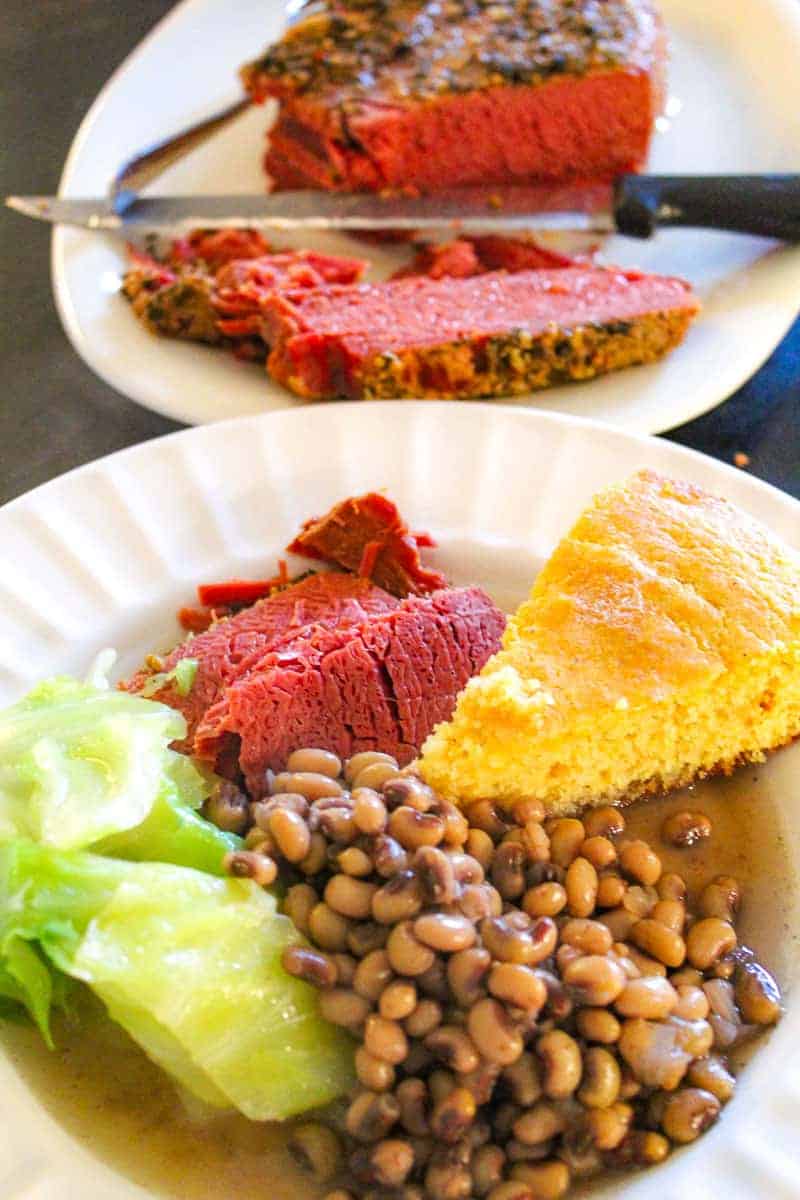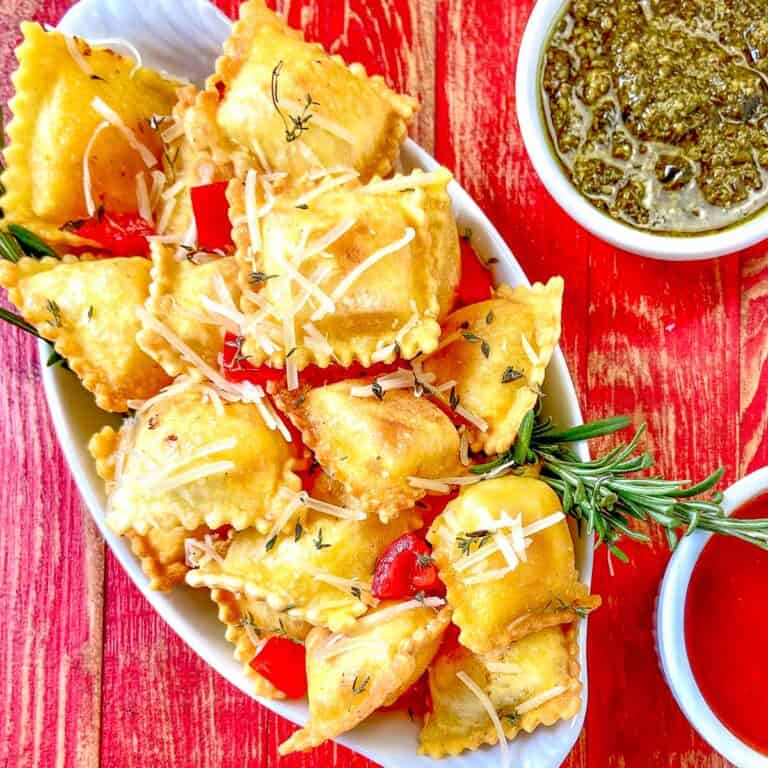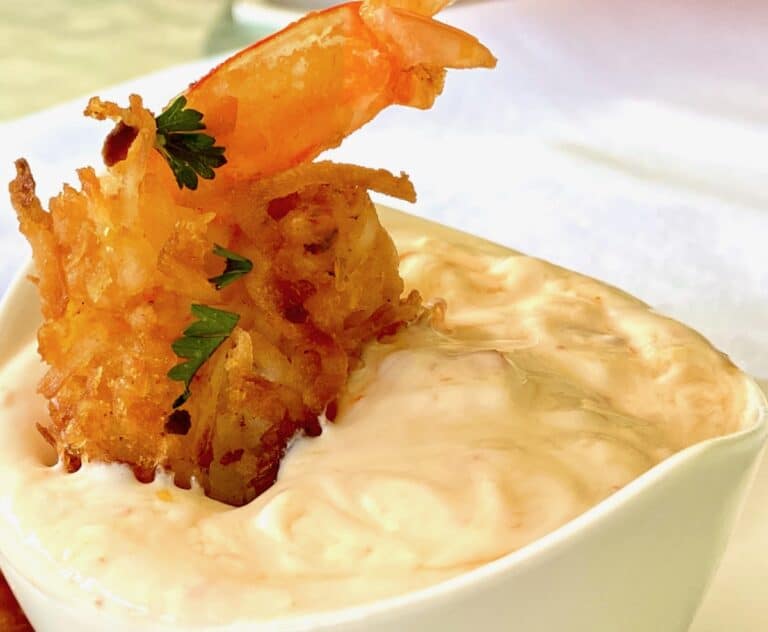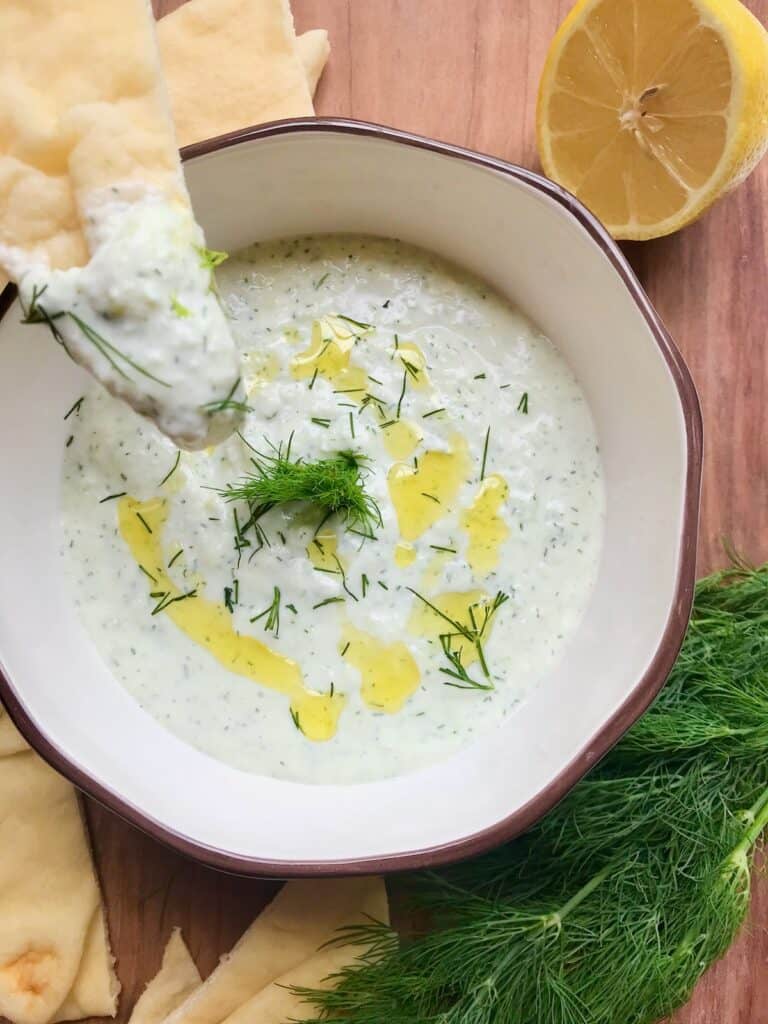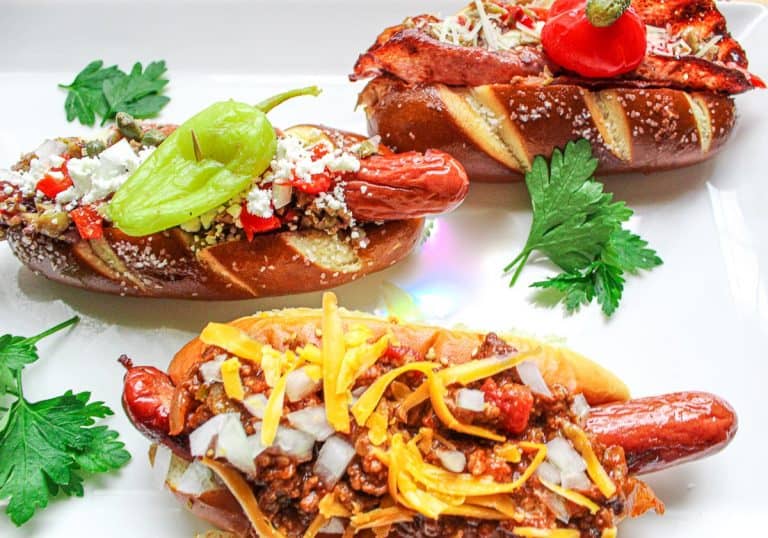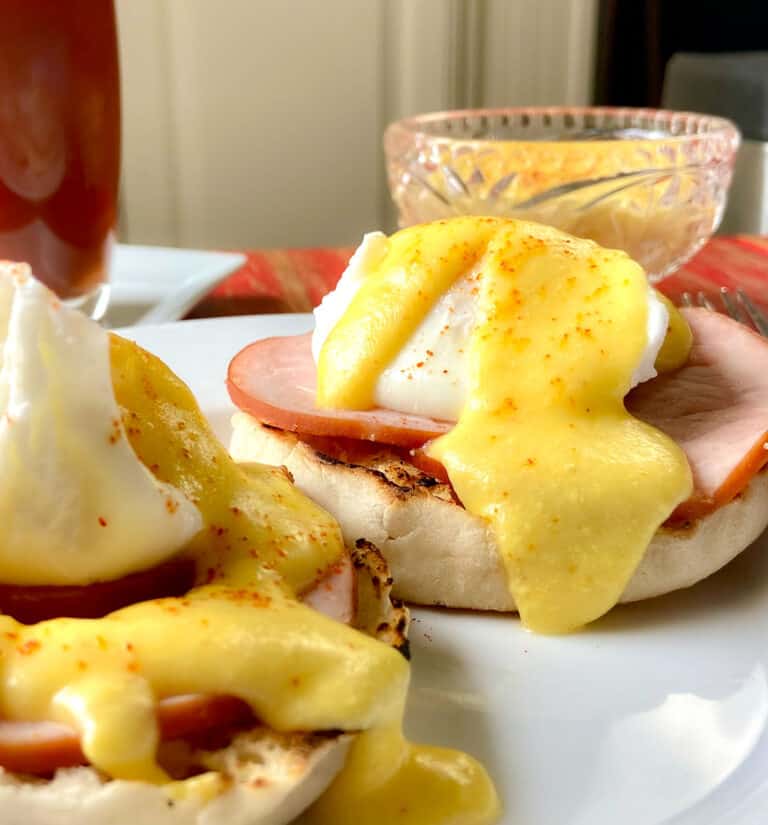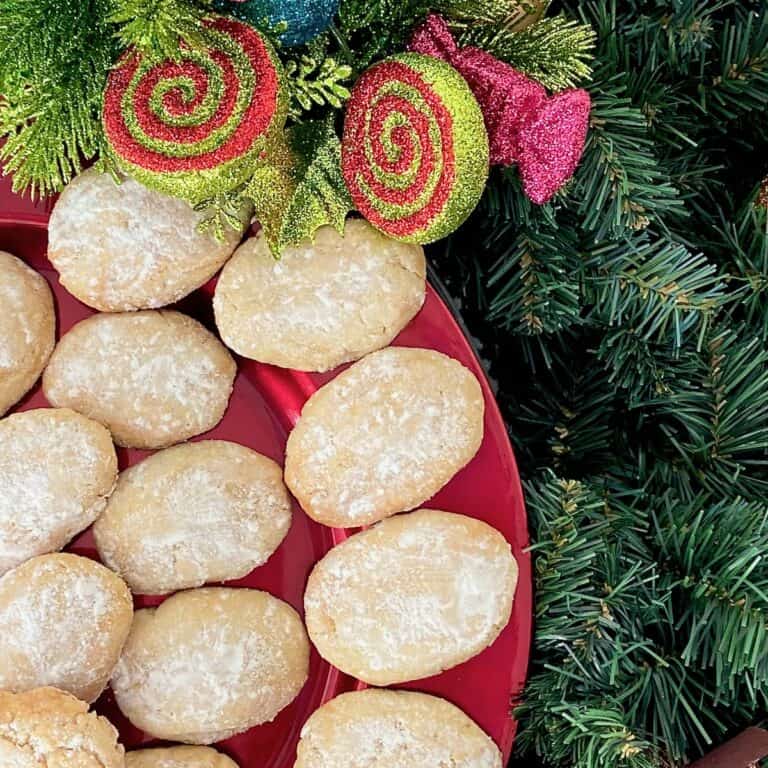Cooking Basics for Beginner and Seasoned Cooks
Cooking basics is a collection of cooking tips designed to help you become a better cook! Here, you’ll find substitutions, equivalent measurements, food safety tips, thawing instructions and more!

Whether you’re just learning or have been cooking for years, this quick and easy guide is for you!
We’ll cover a bit of food safety, then on to correct thawing procedures, internal food temperatures, substitutions and more!
Once you’ve mastered the cooking basics, you’re on your way to becoming a fabulous cook!
You’ll love this guide!
Once you understand cooking basics, you’ll have fewer surpises and disappointments in the kitchen and you’ll become a better cook!
- Substitutions for ingredients – no buttermilk? Make your own
- Measurements – how many eggs in a cup?
- Equivalents – cooking with fresh vs. dried herbs – when to add them and how much
- Temperatures – every protein has a different required internal temp
Cutting boards, knives and other utensils
Cleanliness and sanitation are a key kitchen basic.
- Wipe away debris with a dry cloth or paper towel
- Wash board with soap and water, using a clean brush to get into the grooves of the board
- Finalize the sterilization process by apply bleach to the cutting board, rinse with hot water, place board in a clean area and allow to air dry
- Clean knives in the same method; make sure knives are sharp=a sharp knife is a safe knife
General cooking basics
- Food temperature Danger Zone: foods should be kept at temperatures between 41°-135°F
- Refrigerators should be maintained at 40°F or less
- The FDA Food Code requires that foods be cooled from 135° to 70° F within two hours and from 70°-41° F within an additional four hours
- Properly thaw foods in the refrigerator, in cold water, or in the microwave, but never at room temperature
- High Altitude Cooking: increase liquid and flour; decrease leavening agent and time
- If you have multiple dishes to cool, do not stack them in the refrigerator; put them side by side at first, until they’ve cooled to a minimum of 41°F
- Do not rinse chicken prior to cooking; rinsing raw poultry increases the risk of spreading salmonella throughout the kitchen and sink. Poultry manufacturers mechanically wash the chickens prior to packaging.

Common equivalents
When a recipe calls for an egg, it is usually calling for a large egg.
- 1 pint = 2 cups=16 fl.oz=32 Tablespoons=96 teaspoons
- 1 cup=8 fl. oz=16 Tablespoons = 48 teaspoons
- 1 large egg=2 fl. oz
- 4 large eggs = just under 1 cup
- 8-10 egg whites or 12-14 egg yolks = 1 cup
Common temperatures (F) for liquids
- Boiling 212°
- Simmering 180°
- Poaching 160°-180°
- Scalding 150°
Internal food temperatures for meats and eggs
Knowing how to properly prepare proteins goes beyond cooking basics and into food safety. It is always best to use a high-quality, reliable thermometer when preparing beef, poultry, pork, turkey, fish and eggs.
- Ground beef: 165ºF
- Pork: 145ºF
- Chicken: 165ºF
- Turkey: 165ºF
- Fish: 145ºF
- Eggs: 160ºF
Eggs
- The best way to boil an egg is to actually simmer it; then cool in ice water
- Prevent that green ring in boiled eggs: use fresh eggs, simmer and cool in ice water
- Best way to store eggs is on the top shelf of the fridge; not low or in the ‘egg bin’ in the door
- Egg whites can be frozen without harm
- Whole eggs or egg yolks can be frozen but must have sugar, salt or syrup added to them first
- Egg whites are excellent foaming agents and two ingredients stabilize the egg foam: cream of tartar and sugar
- Salt and fat (oil/butter) suppress foam, so if you need fluffy meringues, don’t use oil or salt
- If a recipe calls for raw eggs, best to use a pasteurized egg product
- When making an egg foam (meringue), always use room temperature eggs
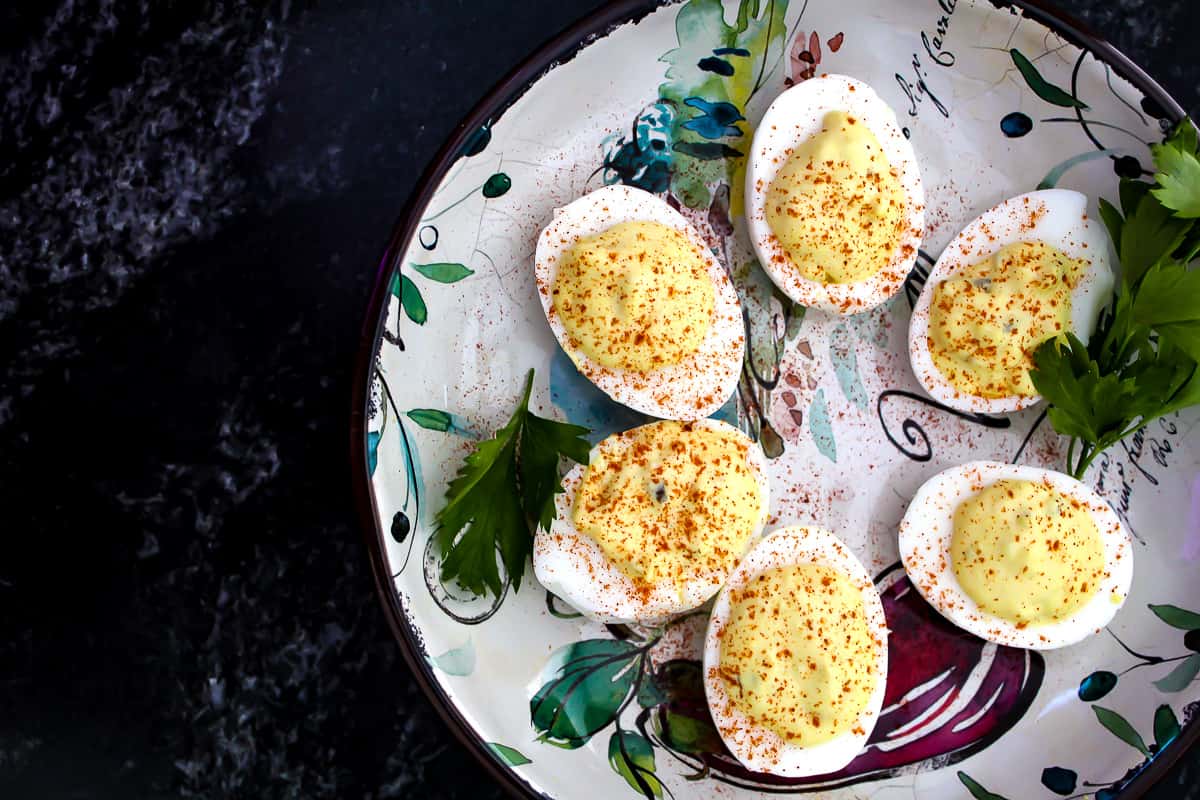
Dairy substitutes
- Buttermilk substitutes:
- 1 cup milk and juice of one lemon for buttermilk; let it stand for 3-5 minutes before incorporating into recipe
- Plain yogurts
- Kefir
- Sour cream
- Milk substitute: 1 part evaporated milk to 1 part water
- Homogenized milk has been processed so that the fat globules are broken up, which prevents a layer of cream from forming
- Pasteurized milk is milk that has been processed to kill pathogens
- Homogenized, pasteurized milk is not sterile, only UHT milk is sterile (ultra-heat-treatment)
- UHT milk and creams are in the boxes on the shelves at the grocer; not in the cold dairy section
- Cooking with milk: use low heat; high heat causes the whey proteins to form a skin on the bottom and sides of the pan.
- Homemade whipped cream: use cold cream, a cold bowl and cold mixing utensils, otherwise, you’ll end up with butter
- Acids and dairy: if you’re adding acid (lemon, vinegar, wine) to a dish that contains dairy, add acid last
Cheeses
- When melting cheese, an aged sharp cheddar melts better than a mild due to the aging process; aging breaks down proteins which allow it to melt
- High fat cheese melts faster
- Low-fat cheese separates when melted
- Cheddar has more calcium than cottage cheese
- cheddar is a rennet cheese, wherein the calcium is retained in the curd
- cottage cheese is an acid, wherein the caseins (proteins) coagulate and the calcium is lost in the whey
- When cooking with cheese, select the best quality, shred, grate or cube before melting at a low temperature; in sauces, add it at the end of the heating period to prevent separation
- The best way to make a cheese, or Mornay sauce, is to start with a roux and slowly add the cheese.
Seasonings
- Whole vs. ground spices: Add whole spices at the beginning of the cooking process; ground spices at the end
- Fresh vs. dried herbs: use a 3:1 ratio for fresh : dried herbs
- White pepper is stronger than black pepper because it is ripe; black pepper is not ripe
- Use a variety of herbs and spices to change up the ordinary meal!
- Explore new seasonings – experiment with pastes and sauces
Thickening Agents
No matter if you’re a beginner-level cook or a seasoned cook, these tips for thickening agents always come in handy!
- Common thickening agents are flour and cornstarch; flour has twice the thickening power of cornstarch so, if a recipe calls for 1 tablespoon of flour, substitute it with 1/2 tablespoon cornstarch
- Cornstarch thickens at high temperatures; flour thickens at low temperatures
- Flour contains proteins and starch, which makes the gravy cloudy instead of translucent; cornstarch will provide a clear gravy, or thickening sauce (think Chinese food)
- Roux: a mixture of a liquid, starch and melted fat; used to make white sauces and dark roux for savory dishes
- Slurry: a cold water thickener, usually made with flour or cornstarch; always add slurries at the end of the cooking process; over cooking a slurry can cause it to break down
Rice and Grains
- White rice will produce three times the amount of original product; 1 cup dried rice will make 3 cups of cooked rice
- Instant rice and pasta will produce twice the amount of original product
- Are you really buying whole grains? Learn how to read labels when looking for 100% whole grain

Learn to become a better cook by keeping some of these handy cooking basics nearby!
Related tips:
Below are links to more kitchen and cooking basics

